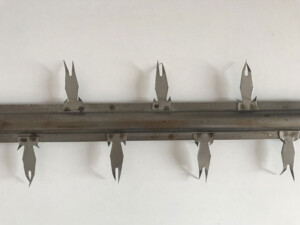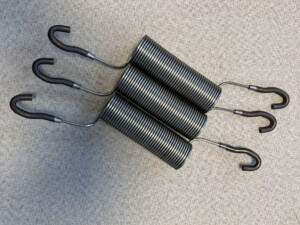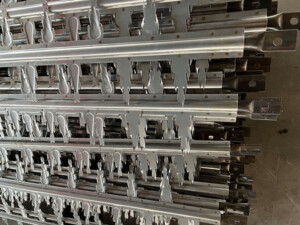Emitting Electrode, also known as the discharge electrode, is the heart of ESP. These are high voltage internal and ionized gases, and create electric fields. When the voltage causes the gas to break down on the electrode surface, corona power is generated. This leads to the generation of corona clusters on the surface of the electrode. A negative voltage is applied to the electrode.
The discharge electrode (DE) emits a charging current and provides a voltage, which generates an electric field between the discharge electrode and the collector plate. The electric field forces the dust particles in the airflow to move to the dust collecting plate. Then the particles are deposited on the collecting plate.
The design of electrode depends on many factors, including the installation process of ESP and the nature and composition of flue gas.
Common types of discharge electrodes include:
- Straight round wires
- Twisted wire pairs
- Barbed discharge wires
- Rigid masts
- Rigid frames
- Rigid spiked pipes
- Spiral wires
Details of discharge electrodes are as follows:
1.Raw materials: Discharge electrodes are usually made of carbon steel. For some applications where carbon steel plates are often corroded, they are usually made of stainless steel or alloy steel.
2. Material thickness: The thickness of the discharge electrode ranges from 0.7mm to 1.5 mm.
3. Spacing: The spacing between discharge electrodes varies with different designs of electrostatic precipitators.
4. Length: The discharge electrode is usually 1 meter to 7.5 meters long.



















